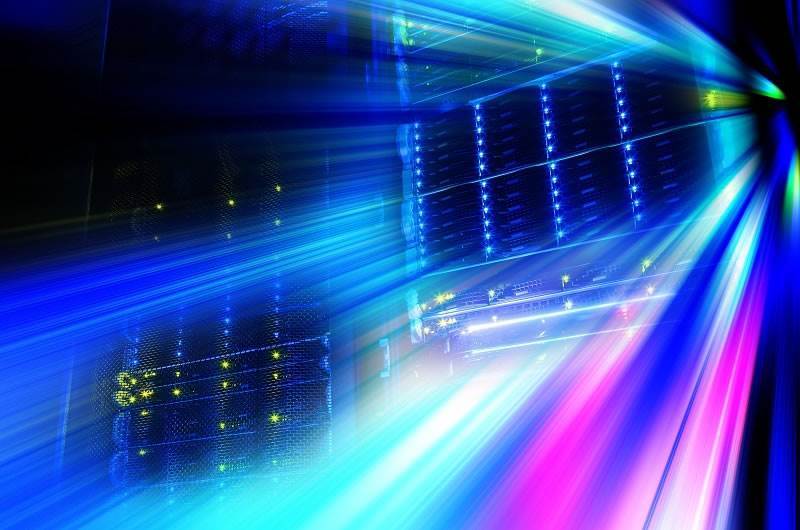
By Michael Zwolski
In my previous post, I pointed out some flash storage facts to bust two persistent myths: SSD is the same thing as flash, and all flash providers are technically equal.
Let’s consider two more flash myths.
Flash myth 3: Flash doesn’t help cache-friendly workloads
According to this myth, flash is valuable for open systems, but less so for mainframe environments. After all, the myth says, mainframe applications were generally written to be cache friendly, and getting data from cache is faster than getting data from flash, so why bother adding flash to a cache friendly workload?
That might sound reasonable, but it’s actually incorrect. If you have a mainframe workload, or a mainframe-like workload, consider this example.
Let’s say you have a 3:1 read/write ratio, with an 80% read cache hit rate, and you’re doing 10,000 I/O’s per second. With cache and spinning disk today, you might have 1 ms response time for a cache hit and 5 ms response time for a cache miss.
In this example, the time it takes to handle the 15% of the I/O that are cache misses is almost equal to the time it takes for the other 85% of the I/O to occur.
By contrast, in a Flash environment, all reads and writes are effectively cache hits, so 10,000 I/O’s per second equals 10,000 ms total.
That’s a reduction in total time of 37.5%, which is a lot of time saved from a cache-friendly workload. Less friendly workloads will benefit even more, of course.
Ignore the myth. Even the friendliest cache workloads can benefit from flash technology. A lot.
Flash myth 4: I can’t afford Flash.
Now that I’ve busted three flash storage myths, the benefits of the technology are clear. That leaves the big myth that you can’t afford, or justify the price of, flash.
You really can justify the purchase price of flash storage. You need to look beyond the initial price and focus on total ownership costs instead.
Compared to spinning disk, flash requires about one-fourth the power, one-fifth the cooling expense, and one-fifth the floor space. Those are real dollar savings, no matter what size organization you are, and they will have real impact on your organization’s bottom line.
IBM’s big customers saw these savings early on, and so did IBM. Some customers can now justify new technology with energy savings as their leading argument. Flash can also help with the increasingly common corporate “green” initiatives in many large and small companies.
Being green doesn’t just mean loving the planet; it means green as in hard dollar savings as well. Saving money in energy costs is real. It’s now more likely than ever that corporate executives will find that argument resonates.
Ignore the myth. You can justify the price of flash storage.
Want more facts?
To keep these blog posts short, I’ve given a high-level view of the facts about flash in order to bust the myths. Take a deep dive, get my free ebook, Flash Myths Meet Flash Facts!
About the author
Michael Zwolski is a z Systems and Storage Solution Advisor with LRS IT Solutions. With more than 30 years of experience supporting Fortune 100 IBM customers in the areas of mainframe and enterprise storage, Michael is skilled at interfacing between technical and business resources. His deep knowledge of IBM storage solutions including DS8000, XIV, A9000, SVC, Storwize, TS7000 and others make him a valuable asset on storage projects.